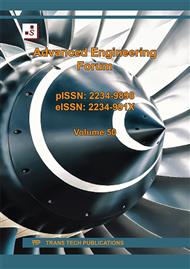p.17
p.31
p.39
p.59
p.73
p.89
p.101
p.111
p.125
Automated Liquid Filling System for Small Medium-Sized Enterprises in Ghana
Abstract:
Ghana has seen a significant rise in the production of beverages by Small and Medium-sized Enterprises (SMEs) in recent times. However, the high cost associated with implementing automated systems in their production makes it difficult for SMEs to adopt such technology. To address this challenge a simple, scalable and economical automated liquid filling system that can be adopted by SMEs is built. The main components of the system are a microcontroller, servo motor, submersible water pump, relay, Liquid crystal display (LCD), and a keypad. The microprocessor in the design makes the system easier to customize to user preference and allows the system to be modified to accommodate different bottle sizes. The system’s use of a counter and timer are employed in the system to eliminate sensors making it economical, power efficient and limiting the number of interfaces for fault. The system is portable, user-friendly and easier to maintain. When tested with water and common beverages in the Ghanaian market the system demonstrated an ability to fill twelve 250-mL bottles with water, sobolo, and fruit juice within 21, 30, and 42 seconds, respectively. Thedeveloped system provides a practical solution to SMEs' challenge of implementing automated systems in their production process, thereby enhancing their competitiveness and potential for growth in Ghana.
Info:
Periodical:
Pages:
101-110
Citation:
Online since:
September 2023
Keywords:
Price:
Сopyright:
© 2023 Trans Tech Publications Ltd. All Rights Reserved
Share:
Citation:


